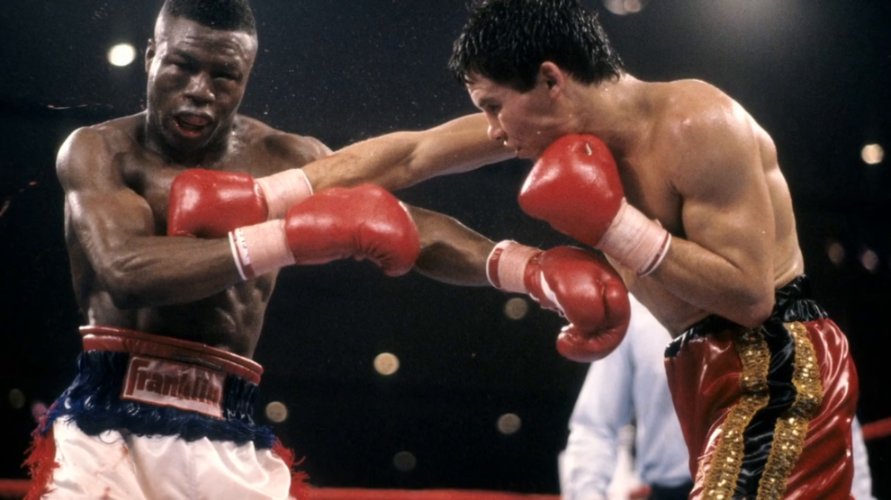In the annals of boxing history, few rivalries have captured the imagination of fans as profoundly as the clash between Julio César Chávez and Meldrick Taylor. These two fighters, each representing a unique style and persona, emerged as defining figures of their era. Their legendary bout on March 17, 1990, at the Hilton Hotel in Las Vegas, remains one of the most talked-about moments in the sport’s history.
Julio César Chávez, known as “El Gran Campeón Mexicano,” was revered for his relentless pressure, iron chin, and knockout power. With an undefeated record of 68-0 heading into the fight, Chávez was already a living legend. His ability to wear down opponents with body shots and his uncanny resilience made him a fan favorite worldwide.
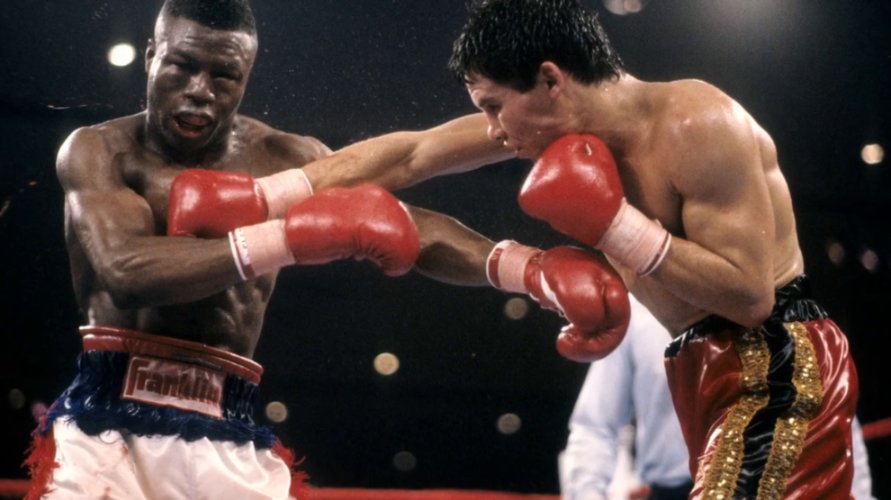
Meldrick Taylor, nicknamed “TNT,” represented a stark contrast to Chávez’s style. Known for his speed, technical brilliance, and explosive combinations, Taylor was a master of precision and timing. As the reigning WBA and IBF light welterweight champion, Taylor entered the ring with a reputation as one of the most skilled fighters of his generation.
When these two warriors met in the ring, it wasn’t just a battle for supremacy—it was a clash of ideologies, styles, and legacies. Their fight would go on to define an era in boxing, leaving an indelible mark on the sport.
The buildup to the Chávez vs. Taylor fight was nothing short of electric. Promoted as “The Battle of the Decade,” the bout promised to deliver everything fans could hope for: drama, skill, and heart-stopping action. Both fighters were at the peak of their careers, and the stakes couldn’t have been higher.
Chávez, representing Mexico, carried the hopes of millions of fans who saw him as a national hero. His aggressive, crowd-pleasing style had earned him a reputation as one of the toughest fighters in the world. On the other hand, Taylor, hailing from Philadelphia, embodied the grit and determination of a true underdog. His technical prowess and speed made him a formidable opponent, even against someone as dominant as Chávez.
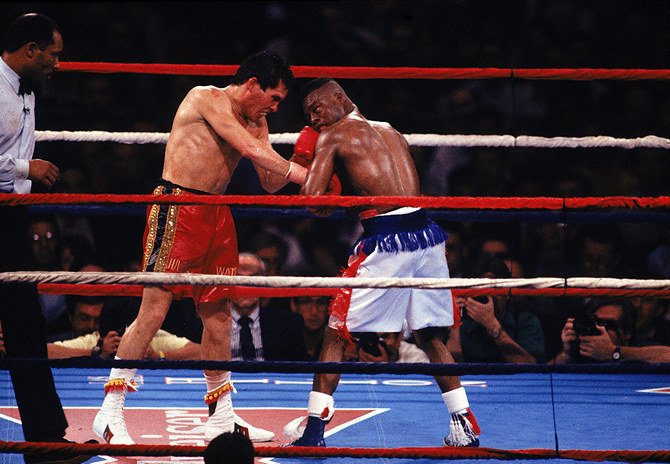
The pre-fight hype reached fever pitch, with fans and analysts divided over who would emerge victorious. Some believed Chávez’s experience and power would be too much for Taylor, while others argued that Taylor’s speed and skill would allow him to outbox the Mexican legend. The stage was set for a night that would live forever in boxing lore.
When the opening bell rang, both fighters wasted no time in establishing their game plans. Taylor came out aggressively, using his superior speed and footwork to control the early rounds. He peppered Chávez with quick jabs and combinations, keeping the Mexican fighter at bay. By the middle rounds, Taylor had built a significant lead on the scorecards, thanks to his precise punching and movement.
However, Chávez, true to his reputation, refused to back down. Known for his ability to adapt and overcome adversity, he began to close the distance and unleash his trademark body shots. By the later rounds, the effects of Chávez’s relentless pressure started to show. Taylor, visibly fatigued, began to slow down, allowing Chávez to land more cleanly.
The final round was nothing short of dramatic. With seconds left on the clock, Chávez unleashed a devastating flurry of punches that sent Taylor crashing to the canvas. Referee Richard Steele initially counted Taylor out, but after realizing there were still two seconds left, allowed the fight to continue. Taylor somehow rose to his feet, but the damage had been done. When the final bell rang, the judges’ scorecards were split, with Chávez declared the winner by majority decision.
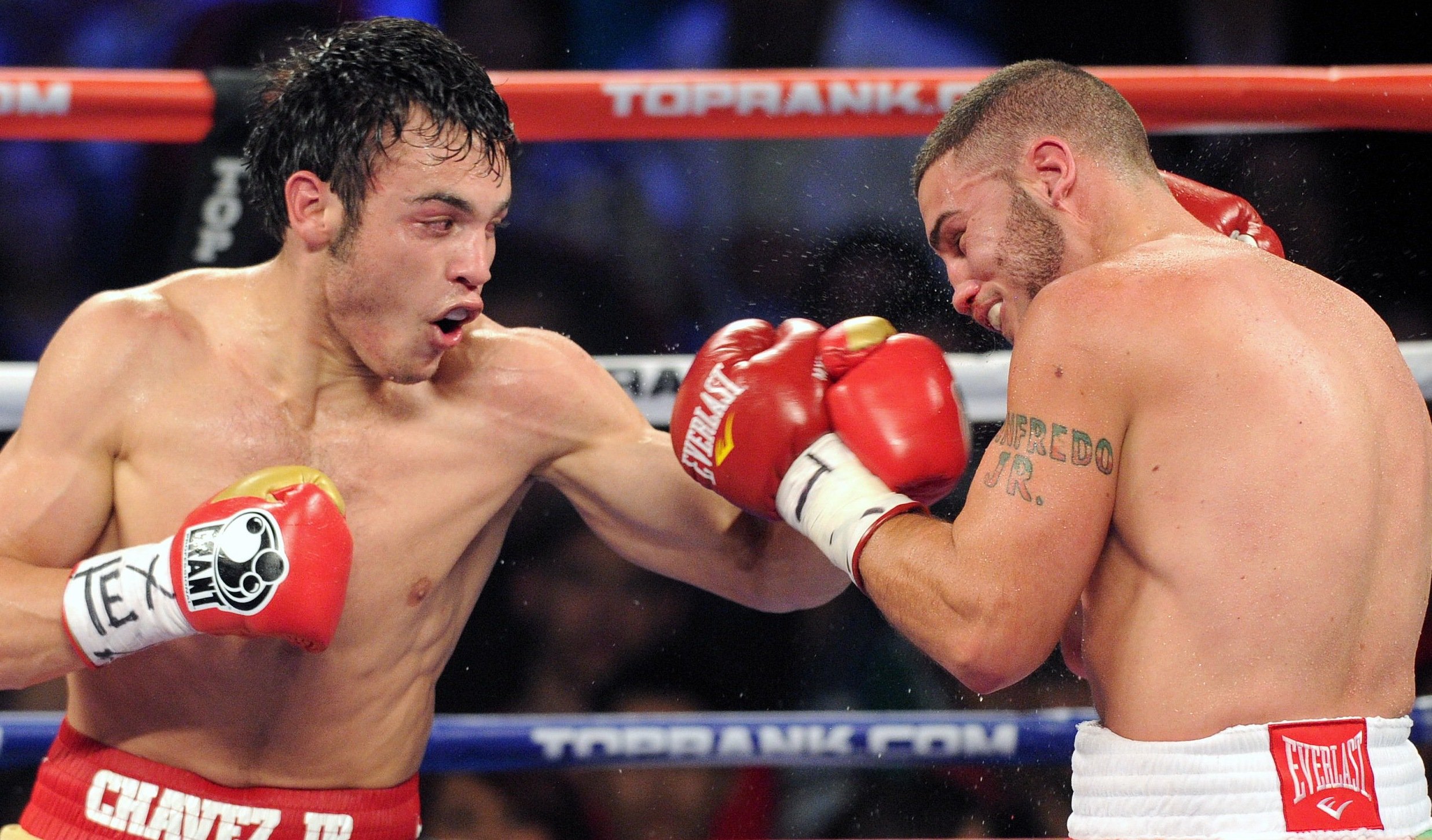
The aftermath of the Chávez vs. Taylor fight was met with mixed reactions. While many praised Chávez’s resilience and ability to turn the tide in the later rounds, others felt that Taylor had done enough to win based on his dominance in the earlier rounds. The controversial ending only added to the fight’s legacy, sparking debates that continue to this day.
For Chávez, the victory extended his undefeated streak to 69-0, further solidifying his status as one of the greatest fighters of all time. His ability to overcome adversity and deliver in the clutch became a hallmark of his career. Outside the ring, Chávez remained a beloved figure, inspiring millions with his humility and dedication to the sport.
For Taylor, the loss was a bitter pill to swallow. Despite the controversy, he continued to compete at the highest level, winning several more world titles before retiring in 2002. Beyond boxing, Taylor became an advocate for mental health awareness, using his platform to help others struggling with addiction and personal challenges.
The Chávez vs. Taylor fight transcends the boundaries of boxing. It represents the pinnacle of competition, resilience, and human spirit. Here are several reasons why this rivalry will forever be etched in the annals of sports history:
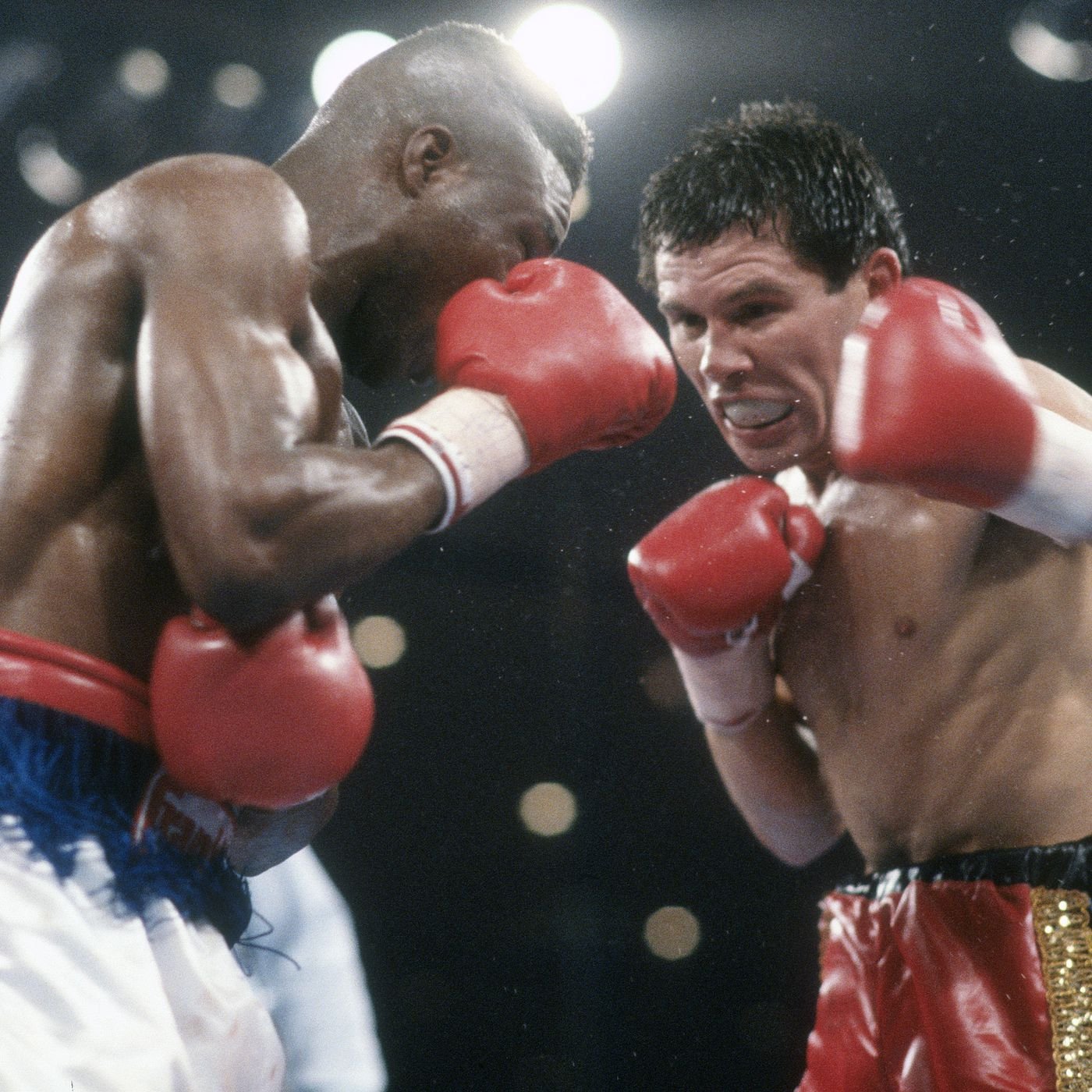
Few fights in boxing history have delivered as much drama and unpredictability as Chávez vs. Taylor. From Taylor’s early dominance to Chávez’s late surge, the bout kept fans on the edge of their seats until the very last second. The controversial ending only added to its allure, ensuring it would be remembered for generations.
Chávez and Taylor couldn’t have been more different in terms of fighting styles and personalities. Chávez’s relentless pressure and toughness contrasted sharply with Taylor’s speed, technical brilliance, and tactical approach. This clash of styles added layers of intrigue to the matchup, making it a must-watch event.
The fight revitalized interest in boxing, drawing attention from casual fans and hardcore enthusiasts alike. It proved that boxing could still produce marquee events capable of captivating global audiences. The success of the bout paved the way for future mega-fights in the sport.
Beyond the punches and strategies, the fight taught valuable lessons about perseverance, humility, and redemption. Both fighters demonstrated incredible resilience, rising from setbacks to continue competing at the highest level. Their stories inspired countless individuals, both inside and outside the ring.
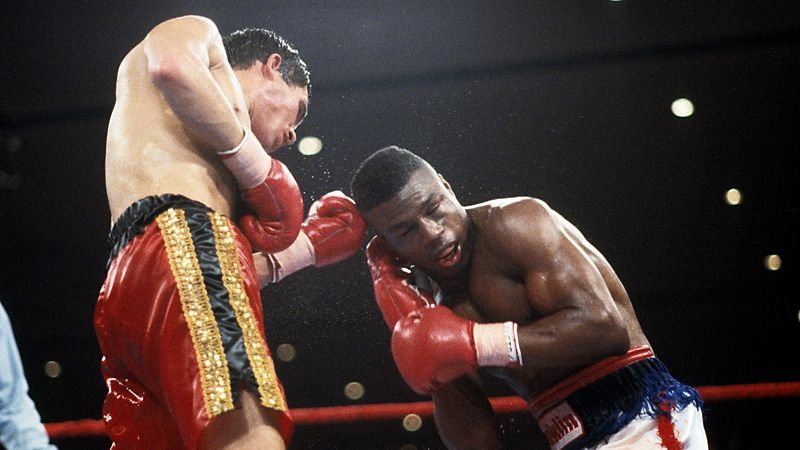
Following the conclusion of their historic bout, both fighters continued to leave their mark on the sport and beyond.
Julio César Chávez retired in 2005 after a storied career that included multiple world titles across three weight divisions. Outside the ring, Chávez has remained active in promoting boxing and mentoring young fighters. His contributions to the sport have earned him induction into the International Boxing Hall of Fame.
Meldrick Taylor, meanwhile, continued to compete at the highest level, winning several more world titles before announcing his retirement in 2002. Beyond boxing, Taylor has focused on giving back to the community, becoming an advocate for mental health awareness and helping others overcome addiction and personal struggles.
The Chávez vs. Taylor fight stands as a testament to the enduring appeal of boxing. It showcased the best of what the sport has to offer: skill, heart, and drama. Whether you were rooting for Chávez’s relentless pressure or Taylor’s technical brilliance, there was no denying the impact these two fighters had on the sport.
As time passes, the memories of their battles will continue to inspire future generations of boxers and fans alike. The Chávez vs. Taylor fight wasn’t just a single event—it was a celebration of the human spirit, a reminder that even in the face of overwhelming odds, greatness can be achieved. This is a fight the world will never forget, and rightfully so.
